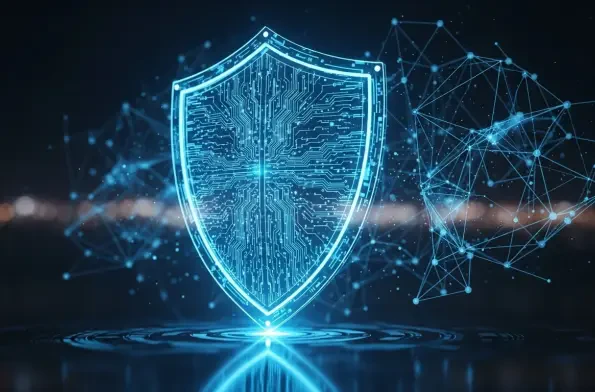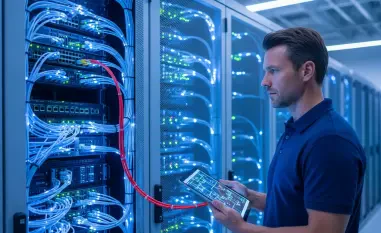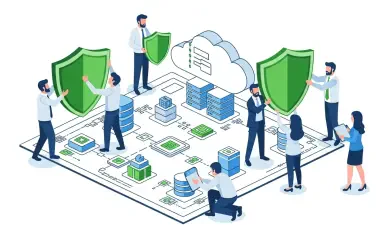Imagine a widely used IT support tool, trusted by organizations globally, turning into a backdoor for cybercriminals to infiltrate systems with ease. This isn’t a hypothetical scenario but a stark reality for users of SolarWinds’ Web Help Desk software, which has been plagued by critical remote code execution (RCE) vulnerabilities. The latest flaw, tracked as CVE-2025-26399, marks yet another chapter in a troubling saga of security gaps that allow attackers to run malicious commands on host machines. With businesses relying on this platform for streamlined IT service management, the stakes couldn’t be higher.
The importance of this ongoing issue lies in its potential to disrupt operations across industries. Each new vulnerability in Web Help Desk isn’t just a technical glitch; it’s a direct threat to sensitive data and critical infrastructure. As cybercriminals exploit these flaws within days of disclosure, organizations face mounting pressure to patch systems before damage occurs. This feature delves into the persistent challenges SolarWinds faces, the risks these RCE flaws pose, and what can be done to safeguard against them in an era of escalating cyber threats.
Unpacking the Persistent Vulnerabilities in Web Help Desk
The story of Web Help Desk’s security woes began with a critical Java deserialization flaw earlier this year, setting off a chain of related issues. Despite SolarWinds’ efforts to address these problems, new bypasses continue to surface, with CVE-2025-26399 standing as the most recent example of an unauthenticated RCE vulnerability. Rated at a CVSS score of 9.8, this flaw underscores a troubling pattern: each fix seems to reveal another layer of weakness in the software’s architecture, leaving IT teams scrambling to keep up.
What makes this particularly alarming is the software’s role as a cornerstone for managing IT tickets and support requests. A single breach through an RCE flaw can grant attackers unchecked access to internal systems, potentially compromising entire networks. Cybersecurity agencies like CISA have flagged these vulnerabilities for their high risk, noting rapid exploitation in past instances and urging immediate action to prevent similar outcomes with the latest threat.
Why RCE Flaws Pose a Catastrophic Risk
The implications of RCE vulnerabilities in Web Help Desk extend far beyond isolated incidents. For businesses, especially those in regulated sectors like healthcare or finance, a breach could mean devastating data leaks, financial losses, and reputational damage. The ability of attackers to execute arbitrary code on a host machine essentially hands them the keys to critical systems, making these flaws a top priority for any security-conscious organization.
Historical data paints a grim picture of how quickly these risks materialize. Previous vulnerabilities in the software, exploited within days of public disclosure, demonstrate a clear trend of cybercriminals targeting IT management tools as entry points. This aligns with broader industry patterns where critical infrastructure software becomes a prime target, amplifying the urgency for companies to stay vigilant and responsive to emerging threats.
Mapping the Cycle of Flaws and Fixes
Tracing the timeline of Web Help Desk’s security challenges reveals a complex web of interconnected flaws. Starting with an initial RCE bug earlier in 2025, SolarWinds issued patches that were soon bypassed by sophisticated attackers uncovering related issues, such as hardcoded credentials and additional deserialization weaknesses. Each new vulnerability, including the latest CVE-2025-26399, represents not just a standalone problem but a failure to fully address underlying design flaws.
The speed of exploitation adds another layer of concern. Reports from cybersecurity watchdogs indicate that past flaws were weaponized almost immediately after patches were released, leaving little room for delay in applying updates. This recurring cycle of patch-and-bypass highlights a systemic challenge for SolarWinds, as well as a pressing need for users to prioritize security measures over routine operations.
Expert Insights on the Ticking Clock of Exploitation
Cybersecurity professionals are sounding the alarm on the narrowing window to secure systems against these threats. Ryan Dewhurst of watchTowr emphasizes that while no attacks have been reported on the most recent flaw as of now, the history of rapid exploitation with earlier vulnerabilities suggests it’s only a matter of time. “The pattern is clear—attackers are watching and waiting for the right moment,” Dewhurst warns, urging immediate action.
Insights from Trend Micro’s Zero Day Initiative, which identified the latest bypass, further reinforce this urgency. Their analysis points to the technical sophistication behind these deserialization flaws, noting that attackers often leverage publicly available exploit code to strike unpatched systems. Combined with SolarWinds’ own advisories pushing for swift updates, these expert perspectives paint a sobering picture of a race against inevitable exploitation.
Practical Defenses Against an Evolving Threat
For organizations using Web Help Desk, actionable steps are essential to mitigate these persistent risks. SolarWinds has released Hotfix 1 for version 12.8.7 to address CVE-2025-26399, accompanied by detailed instructions for implementation. Applying this update without delay is the first line of defense, as historical data shows that unpatched systems are the most vulnerable to attack.
Beyond immediate patching, IT teams should adopt a proactive stance by monitoring systems for unusual activity that could signal a breach. Prioritizing critical assets within the network and establishing a rapid response plan can also limit damage if an exploit occurs. These measures, while not foolproof, provide a layered approach to security in an environment where threats evolve faster than solutions can be deployed.
Reflecting on a Relentless Security Struggle
Looking back, SolarWinds’ battle to secure Web Help Desk against a series of RCE vulnerabilities stood as a testament to the complexities of modern cybersecurity. Each patch, though diligently crafted, was met with new bypasses that tested the resilience of both the company and its users. The journey revealed not just technical shortcomings but also the relentless determination of attackers targeting critical software.
Moving forward, organizations had to remain proactive, ensuring that updates were applied the moment they became available. Investing in continuous monitoring and staff training emerged as vital strategies to stay ahead of potential threats. As the cybersecurity landscape continued to shift, the lessons from this saga served as a reminder that vigilance and adaptability were the cornerstones of lasting protection.













